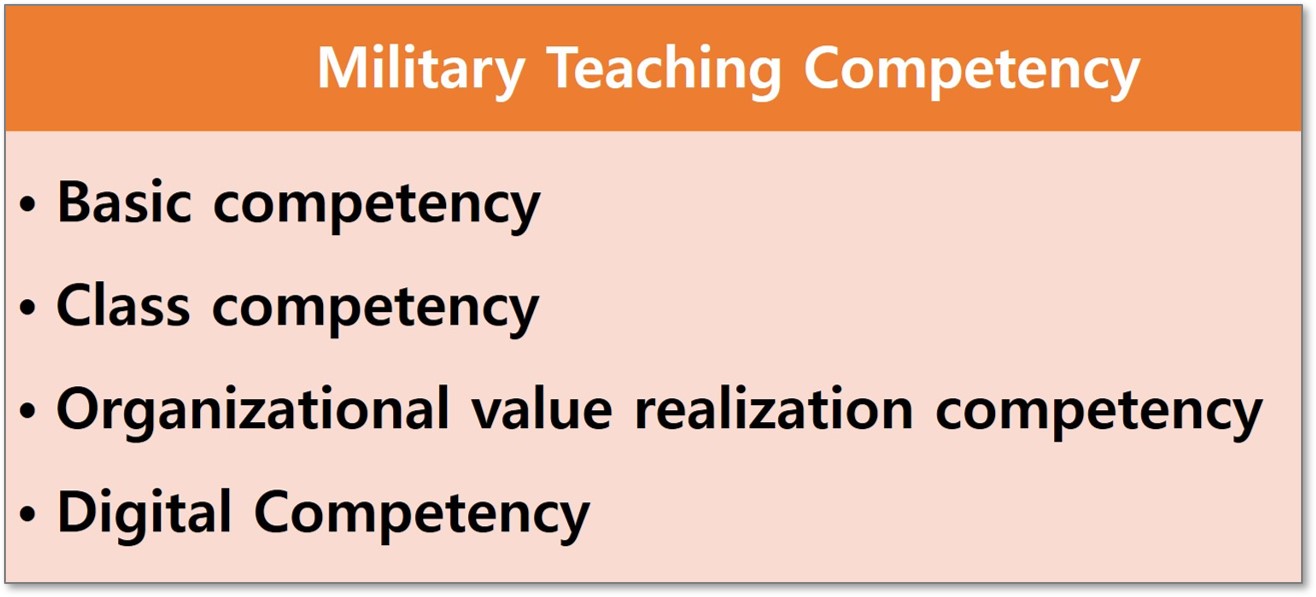Development of a teaching competency diagnostic tool for army military school instructors
DOI:
https://doi.org/10.37944/jams.v5i3.176Keywords:
competency modeling, military instructor, teaching competency, digital competency, organizational competency, development of a diagnostic instrumentAbstract
The purpose of this study was to develop a teaching competency diagnosis tool for instructors working in army military schools to improve the quality of education and cultivate the competitiveness of the organization. To this end, previous research data related to the development of teaching competency diagnosis tools were collected and analyzed. Subsequently, focus group interviews and behavioral case interviews with excellent instructors at the Army Military School were conducted, and Delphi surveys were conducted with educational experts to organize teaching competency components and diagnostic tools temporarily. Next, to verify the validity of questionnaire items, a preliminary survey and a main survey were conducted with questionnaires administered to excellent instructors and ordinary instructors to confirm the validity and reliability of the teaching competency diagnosis tool. As a result of the study, four competencies (basic, class, organizational, and digital), 10 major competencies (attitude and attitude as educators, relationship formation, etc.), 25 sub-competencies (responsibility as instructors, initiative, etc.), and 65 behavioral indicators were selected. The diagnostic tools derived through this study are the competencies that instructors must have to perform their duties successfully in military schools. Therefore, our results not only provide information necessary for establishing instructor competency development policies but also contribute greatly to developing programs to strengthen teaching competency in military schools.
Metrics

Downloads
Published
How to Cite
Issue
Section
License
Copyright (c) 2022 Journal of Advances in Military Studies

This work is licensed under a Creative Commons Attribution 4.0 International License.

This work is licensed under a Creative Commons Attribution 4.0 International License.

이 저작물은 크리에이티브 커먼즈 저작자표시 4.0 국제 라이선스에 따라 이용할 수 있습니다.






